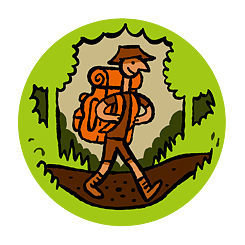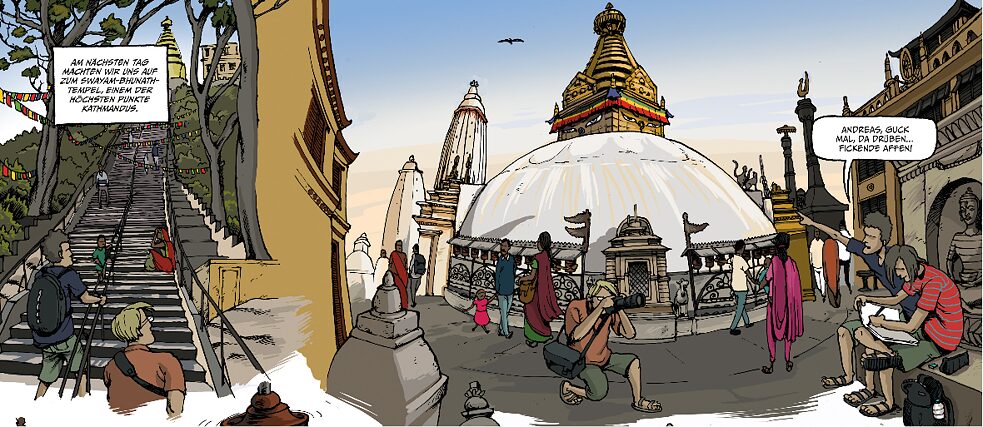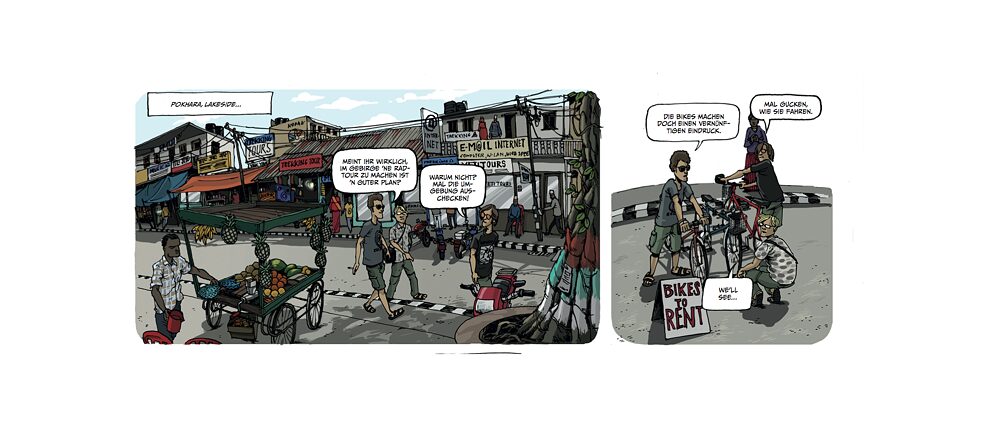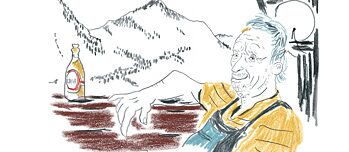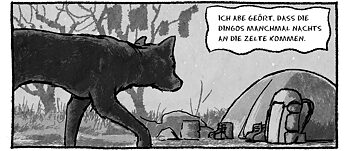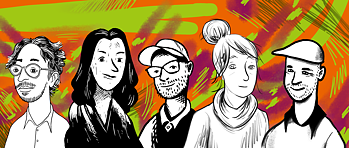Thomas Hummitzsch in conversation about "Was kostet ein Yak"
There are many self-deprecating references in the novel, for instance when you describe the position of travellers in overland buses in Asia, address the problems of constipation and drug use or simply illustrate their bewilderment when faced with cultural differences."
